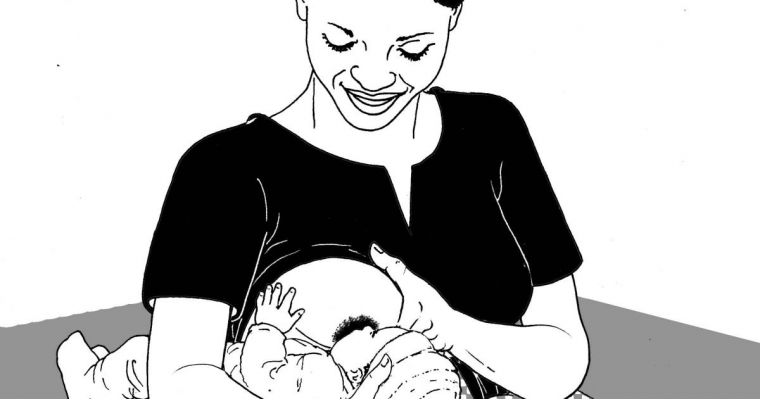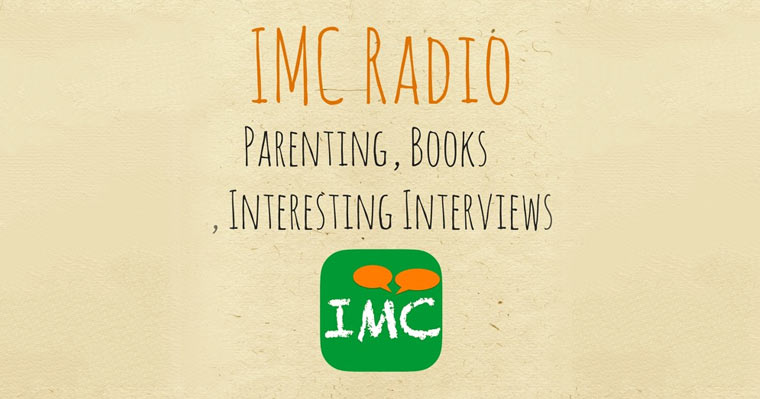The first six months of a baby's life are challenging for parents, as they get to know their new baby, juggle her needs and adjust their household and lives to include her. And so, in an attempt to piece together a routine, many breastfeeding mothers follow a breastfeeding schedule, often at the guidance of their hospital. On the surface, it seems to make sense. But the truth is, breastfeeding on demand is actually better for babies and moms. It's recommended by both the World Health Organization and by the American Academy of Pediatrics.
The benefits of breastfeeding on demand
Breastfeeding on demand makes a mom's life easier.
Breastfeeding on demand allows you to empty your breasts fully according to you and your baby's natural cycle. Not only does this help you to avoid discomfort (many moms who follow a schedule find themselves with uncomfortably full breasts long before the baby is ‘due' to feed), it also allows your breasts to fill with even more milk to adjust to your baby's needs, making breastfeeding easier.
At the same time, you'll be caring for an infant who is always satiated, which means your baby will be happier and calmer. (More on this below.)
You'll also be getting better sleep. Breastfeeding on-demand actually helps mothers feel more well rested, particularly when babies co-sleep, which allows the mother's and baby's sleep cycles to coincide around feeding; as the baby goes into light sleep, starts stirring, so does the mother. And prolactin, a hormone released as a result of these night feedings, calms the mother and helps her fall back asleep more easily.
Finally, breastfeeding on demand doesn't mean chaos. Generally, after about six weeks of responding to your infants feeding cues, you may find yourself on a schedule around which you can plan other activities. The big difference is, it's a schedule set by your baby according to his needs.
Breastfeeding on demand lets your baby feed when she is actually hungry.
Babies know when they are hungry and can communicate their need very clearly. You might be surprised to learn crying is actually the last sign of hunger. Rooting, or searching for the breast; hand-sucking, or hand-to-mouth movements; and increased alertness or restlessness are all earlier signs. By breastfeeding in response to these signals, not only are you communicating your responsiveness to his needs but also heading off crying before it starts.
Most hospitals and feeding apps recommend feeding every two hours. And that advice may be based on some average — but in reality babies may show signs of hunger either after 1.5 hours (or less) or after 2.5 hours (or more). On demand breastfeeding ensures your baby is not being asked to eat too early, when she's not hungry, or too late, when she's hungry before the time scheduled by her parents.
This means your baby will begin to associate hunger with eating and satiation — rather than associate eating as something to be done regardless of whether she is hungry. (An important lesson amid today's epidemic of childhood obesity; research has shown that early eating habits are critical in establishing a positive relationship to food throughout life.)
Breastfeeding on demand ensures your baby is getting the right amount of nourishment.
Breastfeeding is really a very individualised experience, different for every mother-baby pair. While most hospitals and breastfeeding apps tell mothers to feed 10 minutes at each breast, that – like the 2-hour mark – is a number that may not work for most babies. Like adults, babies can be slow eaters or fast eaters. They also might be hungrier at certain times of the day than others. (A mother's breast milk production tends to peak in the mornings, when babies are hungriest, meaning babies go longer between feeds; by evening, breast milk production has tapered off, which means infants may feed more frequently.)
No two babies consume exactly the same amount of milk in the same time frame; it varies based on the baby's sucking capacity and the mother's storage capacity. (Yes, each breast of every mother has a unique storage capacity, completely unrelated to cup size.)
What is really important is not the amount of time a baby spends at a breast, but that he is draining the breast and getting his fill. By breastfeeding on demand, your baby is ensured the right amount of milk at the right time. Breastfed infants won't overfeed (though it's a risk for bottle-fed infants); a mother's breasts produce the right amount of milk her baby needs — as the baby self regulates and knows when to stop.
This becomes especially important as the baby grows. After the first month, a baby's growth and metabolism slow, keeping his daily breastmilk requirement steady at around ~900mL. Dropping or delaying feedings to adapt to a schedule may result in the baby getting less than this amount and losing weight, while the mother's milk production would slow.
Breastfeeding on demand through the first six months ensures your baby is getting the exact amount of nourishment he or she needs to keep growing. If you doubt this, or grow concerned, it's easy to check the true signs of health: (i) the diaper count – by the fourth or fifth day, newborns should steadily be urinating more than six times a day and passing around three to four poops a day; and (ii) weight – newborns may lose weight for the first four days after birth, but should regain their birth weight before two weeks. After that, babies should gain about 20 to 30 mg a day.
Of course, there are circumstances in which on demand breastfeeding may not be appropriate. If your baby is sick or premature, or if she has been kept swaddled and separated from the mother, she may not actively ask for feeds. The baby may then have to be actively woken up for feeds. But for the majority of women and babies, breastfeeding on demand is the best way to enjoy each other's company and ensure appropriate nourishment and growth.




















